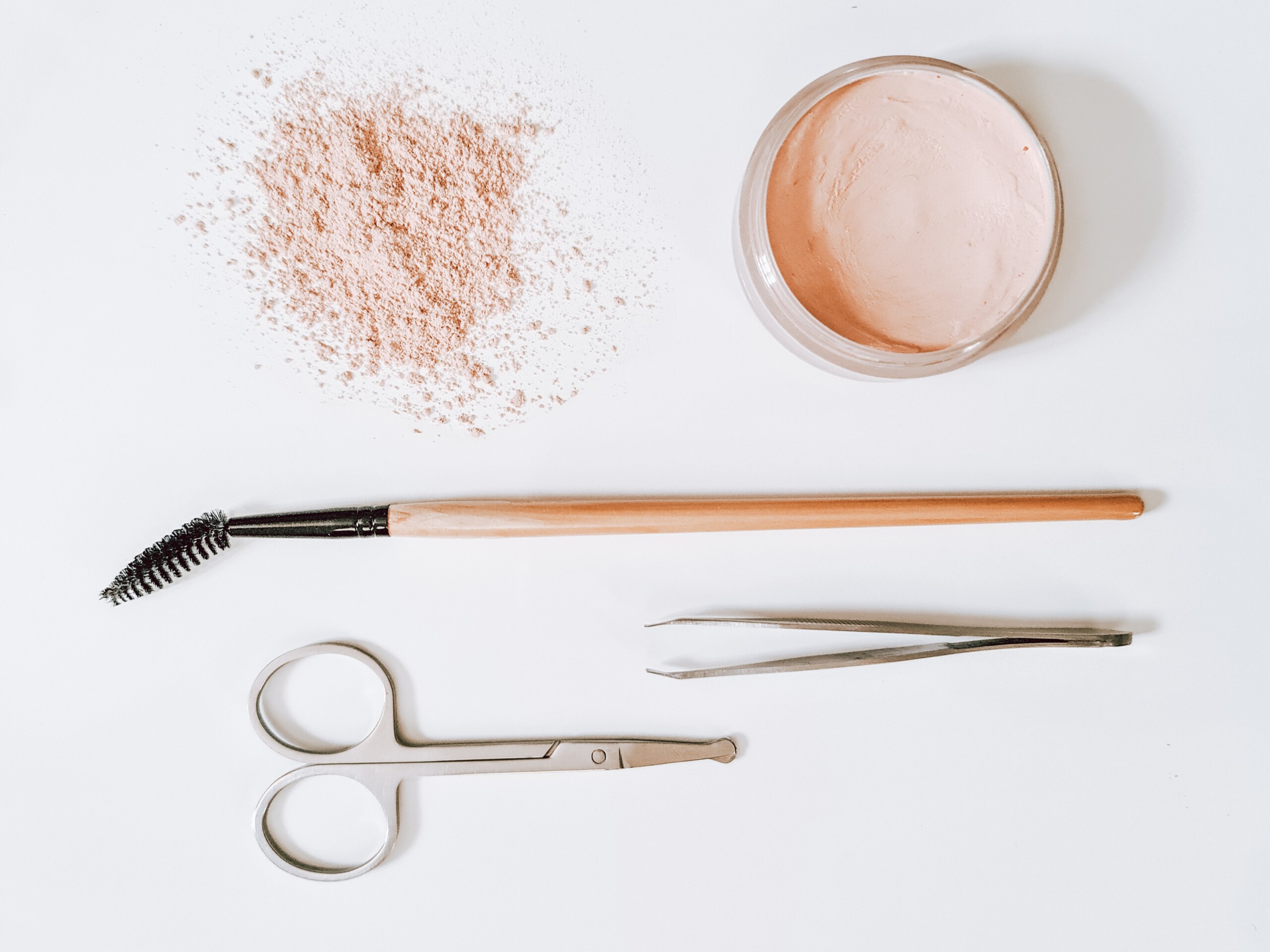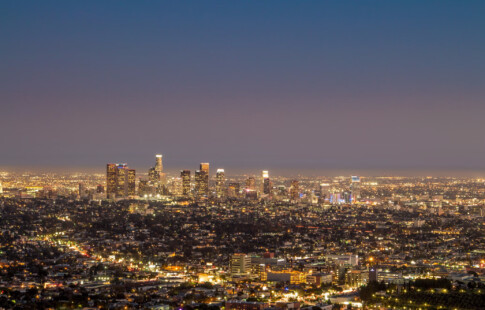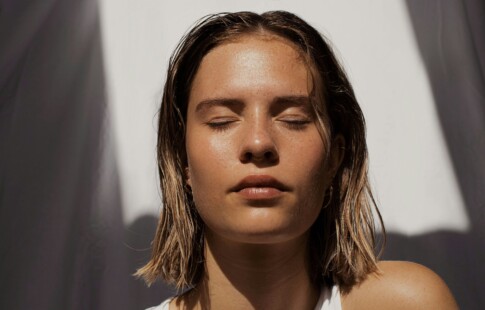
How to Make Your Own Makeup Kit
We are reader-supported. When you buy through links on our site, we may earn affiliate commission.
Do you want to know how to make your own makeup? There’s a lot of science behind it, but it’s generally pretty simple as long as you have the right ingredients.
Is It Safe to Make Your Own Makeup?
Generally, it’s safe to make your own makeup. Although the ones we list here are usually body-safe, everyone reacts to things differently. Spot-test absolutely everything before you wear a full face. If nothing happens, you’re likely good to go.
Since you have a lot of room to experiment when making your own makeup, you might accidentally use something that counteracts the active ingredient or alters the final product’s consistency. If you decide to deviate, make sure you research the material thoroughly.
Your journey will involve a lot of trial and error, but remember that experimentation is part of the fun. Try making tiny batches at first — enough for a few test swatches — to see how it looks, feels, dries, and holds up. You’ll be wearing a natural, homemade look soon enough.
Build Your Base
When you make your own makeup kit, building the base is the most complex part. You can use spices, butters, clays, flowers, plants, fruits, waxes, minerals, and oils. Ensure you get the “non-nano” kind when using clays or powders so they don’t penetrate your skin.
- Color Correction
If you have dark bags under your eyes, mix a small amount of ginger with the powder of your choice and an oil base. The yellow color will counteract the purple and blue undertones. Make a green mixture of zinc oxide, kaolin clay, and spirulina powder for red spots and acne.
- Liquid Foundation
There aren’t many liquid foundation recipes online, but you can use a tinted sunscreen substitute instead. Most options on the market contain carcinogenic chemicals, so you benefit from making your own. You use zinc oxide as the active ingredient in their place.
You can make this homemade sunscreen recipe for a natural alternative to store-bought liquid foundation. The main ingredients are aloe vera and coconut oil, which prevent and treat sunburns. You also use powdered zinc oxide, shea butter, beeswax, and walnut extract oil.
Mix the coconut and walnut oil in a saucepan on medium heat. Once it cools for a few minutes, stir in the aloe vera. Let it cool completely, then thoroughly mix the zinc oxide in. The beeswax is an optional additive if you want a tackier consistency.
Depending on your skin tone, gradually add a small amount of cacao, arrowroot, or bentonite powder. Arrowroot is a natural thickening agent with a similar appearance and texture to cornstarch. It absorbs oil and sebum well while still feeling lightweight on your skin. You may have to adjust the other ingredients’ measurements since the original recipe is meant to be practical rather than aesthetic.
- Powder Foundation
Making foundation powder is both simple and tricky. Even though it involves science, the measurements vary wildly depending on your skin tone. Generally, you want to use cacao powder, bentonite clay, zinc oxide, or arrowroot powder as your base.
The advantage of using bentonite in cosmetics is that it absorbs oil, reduces inflammation, and has smoothing properties. It can minimize the appearance of pores, acne, and minor texture variations. Use only ceramic or plastic tools because metal will nullify its properties.
Add French green, rose, or kaolin clay until you capture your overtone. If it still seems slightly off, mix in small pinches of ginge, turmeric, or beetroot powder to match your undertone. Minimal amounts of activated charcoal or nutmeg can help darken it.
- Concealer
This natural cream concealer recipe uses cocoa butter, sea-buckthorn seed oil, beeswax, rosehip oil, titanium dioxide, sericite mica, zeolite clay, vitamin E oil, cocoa powder, and multani mitti clay. Gradually melt the beeswax, butters, and oils in a double boiler. Then, add everything but the cocoa powder — you’ll pour it in little by little at the end to reach the shade you want.
- Setting Spray
Since vegetable glycerin moisturizes the skin while creating a tacky barrier to make makeup stay, you can use a plant-based spray as a setting spray. For example, you can use rose water. Chamomile, calendula, or lavender hydrosol are other good options.
Make Your Cheeks Pop
Making blush, highlighter, and contour is easy. You’ll mostly need dry ingredients.
- Blush
Ground-up flowers and fruit work wonders as natural blush. You can use the juice from cherries or beetroot powder. Alternatively, mix arrowroot powder, zinc oxide, hibiscus flowers, and red mica powder.
- Contour
You can make a natural powder contour. Mix arrowroot, cocoa, and beetroot powder for your base. You can add other dried ingredients or clays to get the consistency and color just right.
- Highlighter
Mica should be your go-to for a natural highlighter. It’s a layered, flaky mineral with a shimmery appearance. It’s body-safe for all skin types, even with prolonged or extensive use. Many commercial cosmetic companies use it in their products.
It comes in dozens of colors, so you have many customization options. Combine it with coconut oil and beeswax in a double boiler to make it sticky and spreadable. Alternatively, mix mineral oil — better known as baby oil — with mica powder.
Accentuate Your Eyes
Be careful when you make your own makeup for your eyes — they’re one of the most sensitive parts of your body, so you should only put body-safe ingredients there.
- Eyeshadow
You can use virtually anything as eyeshadow if it’s body-safe and pigmented. You won’t find many vibrant colors in nature, but plenty of great options exist. For example, beetroot juice is bright reddish pink.
- Eyeliner
Combine coconut oil, aloe vera, and activated charcoal to make black eyeliner. You can try adding beeswax to make it waterproof, but you’d need to melt it with the oil in a double boiler. It may also change the consistency of the product.
- Mascara
Mix activated charcoal, coconut oil, beeswax, and castor oil to make mascara. It should be waterproof, so avoid getting it in your eye.
Highlight Your Lips
You’ll need a lot of wet ingredients to act as binding agents and moisturizers so your lips don’t chap. You can make lipstick, gloss, or stain — just make sure you let everything cool fully before application.
- Lipstick
Use beeswax and zinc oxide as your base. They bind the other ingredients and make the lipstick waterproof. Shea butter, coconut oil, and vitamin E oil will hydrate your lips. Pick whatever colorant you want.
Melt the base ingredients in a double boiler. Then, add your colorant and essential oils until you achieve the desired smell and color. You can experiment with materials to get fun hues and scents. Try cacao powder, vanilla paste, beetroot juice, honey, mint leaves, or almond extract.
If you don’t have this setup, you can make one yourself. Heat water in a metal pot and put a slightly smaller, heat-safe glass jar in the water. One beauty and lifestyle journalist recommends using a spouted metal pot instead of glass to make transferring the product easier.
- Lip Gloss
To make lip gloss, melt beeswax and coconut oil together. Shea butter works as an alternative if you don’t have an oil. If you want a color or a natural shine, add a small amount of mica powder and colorant.
- Lip Stain
Have you ever stained your fingers while cutting beets or cherries? Produce is your go-to for a solid lip stain. Simply crush them up and apply them.
Where Should You Store Your Makeup?
You may assume you need special containers and molds, but you only need a glass jar or empty chapstick tube. Lip balm containers are useful for eyeshadow, lipstick, and highlighter. They’re available in cardboard and metal at most beauty stores.
Go Ahead and Make Your Own Makeup Kit
Now you know how to make your own makeup kit. You can create everything from color correction sticks to setting spray — and the bonus is they’re all natural and good for your skin.
Share on
Like what you read? Join other Environment.co readers!
Get the latest updates on our planet by subscribing to the Environment.co newsletter!
About the author

Jane Marsh
Starting from an early age, Jane Marsh loved all animals and became a budding environmentalist. Now, Jane works as the Editor-in-Chief of Environment.co where she covers topics related to climate policy, renewable energy, the food industry, and more.





